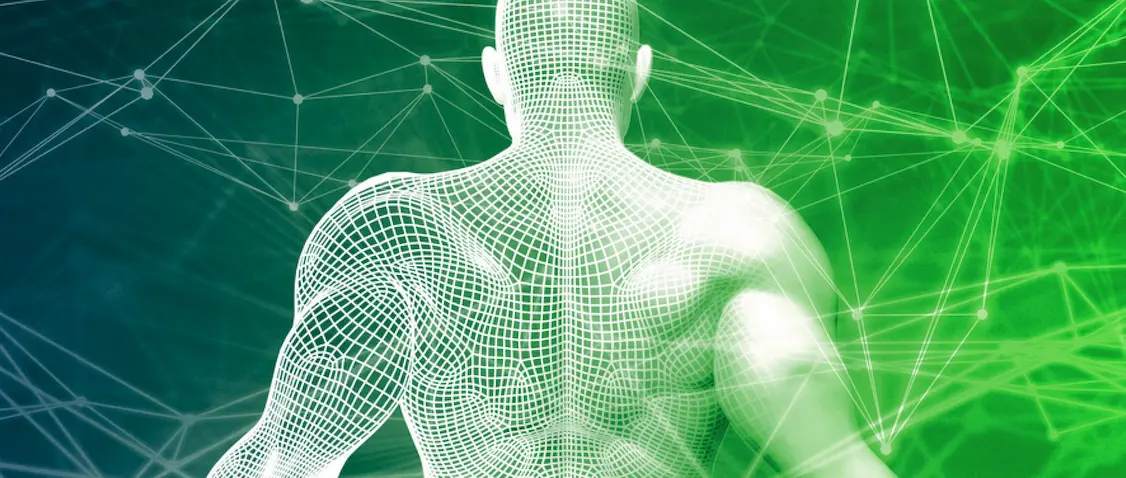
Back pain is a prevalent and complex condition affecting millions globally, with significant personal, societal, and economic impacts (Hartvigsen et al., 2018). The interplay between biomechanics, degenerative changes, and the role of specific joints like the sacroiliac joint (SIJ) contributes to the complexity of diagnosing and treating back pain. Recently, regenerative therapies such as prolotherapy and platelet-rich plasma (PRP) have shown promise in managing chronic back pain, offering new avenues for treatment.
Abstract
Back pain is a leading cause of disability worldwide, with significant impacts on quality of life and healthcare costs. This article explores the biomechanics of back pain, its underlying causes, the role of the sacroiliac joint (SIJ), and emerging treatments such as prolotherapy and platelet-rich plasma (PRP). Understanding these elements is crucial for effective diagnosis and management of back pain.
Biomechanics of Back Pain
The lumbar spine, responsible for supporting much of the body’s weight, is a common site of pain due to biomechanical stresses. Factors like poor posture, repetitive movements, and improper lifting can lead to mechanical overload, causing degeneration of spinal structures, such as intervertebral discs and facet joints (Maher et al., 2017). Understanding these biomechanical factors is essential in diagnosing and addressing the root causes of back pain.
Causes of Back Pain
Back pain can arise from various sources, including mechanical stress, degenerative processes, and inflammatory conditions. Mechanical causes often involve muscle strains and ligament sprains, typically resulting from poor body mechanics (Deyo & Mirza, 2016). Degenerative causes, such as disc herniation and osteoarthritis, become more prevalent with age and contribute significantly to chronic pain (Brinjikji et al., 2015). Additionally, inflammatory conditions like ankylosing spondylitis can cause persistent and severe pain (Sieper et al., 2017).
The Role of the Sacroiliac Joint in Back Pain
The sacroiliac joint (SIJ) is a critical but often overlooked source of back pain. It plays a key role in load transfer between the spine and lower extremities, and dysfunction here can lead to significant pain (Vleeming et al., 2012). SIJ dysfunction may arise from trauma, pregnancy, or degenerative changes, and is often misdiagnosed due to its symptom overlap with other conditions like lumbar spine disorders (Dreyfuss et al., 2018). Accurate diagnosis is crucial for appropriate treatment.
Prolotherapy and PRP in Back Pain Treatment
Traditional treatments for back pain include physical therapy, medications, and injections. However, regenerative medicine approaches, such as prolotherapy and platelet-rich plasma (PRP) therapy, have garnered attention for their potential in managing chronic pain.
Prolotherapy involves injecting an irritant solution, commonly dextrose, into the affected ligaments or tendons to stimulate the body’s natural healing response. Studies have shown that prolotherapy can be effective in reducing pain and improving function in patients with chronic low back pain (Rabago et al., 2010).
PRP therapy, which involves injecting concentrated platelets from the patient’s blood into the site of pain, is rich in growth factors that promote tissue repair and regeneration. Evidence suggests that PRP may be beneficial in treating conditions like SIJ dysfunction and discogenic back pain (Chee et al., 2022).
Conclusion
Back pain is a multifactorial condition that requires a comprehensive understanding of its biomechanics, causes, and potential treatment options. The sacroiliac joint plays a significant role in certain types of back pain, and its dysfunction can often be overlooked. Regenerative therapies like prolotherapy and PRP offer promising alternatives for treating chronic back pain, particularly when traditional methods fail.
References
- Brinjikji, W., Luetmer, P. H., Comstock, B., Bresnahan, B. W., Chen, L. E., Deyo, R. A., ... & Jarvik, J. G. (2015). Systematic literature review of imaging features of spinal degeneration in asymptomatic populations. American Journal of Neuroradiology, 36(4), 811-816.
- Chee, C. Q., Yu, Z. Y., & Goh, M. (2022). Effectiveness of platelet-rich plasma in reducing pain and disability in patients with chronic low back pain due to disc degeneration: A systematic review and meta-analysis. Journal of Pain Research, 15, 2717-2730.
- Deyo, R. A., & Mirza, S. K. (2016). Clinical practice. Herniated lumbar intervertebral disk. New England Journal of Medicine, 374(18), 1763-1772.
- Dreyfuss, P., Dreyer, S., Cole, A., & Mayo, K. (2018). Sacroiliac joint pain. Journal of the American Academy of Orthopaedic Surgeons, 16(5), 255-265.
- Hartvigsen, J., Hancock, M. J., Kongsted, A., Louw, Q., Ferreira, M. L., Genevay, S., ... & Woolf, A. D. (2018). What low back pain is and why we need to pay attention. The Lancet, 391(10137), 2356-2367.
- Maher, C., Underwood, M., & Buchbinder, R. (2017). Non-specific low back pain. The Lancet, 389(10070), 736-747.
- Rabago, D., Best, T. M., Zgierska, A. E., Zeisig, E., Ryan, M., & Crane, D. (2010). A systematic review of prolotherapy for chronic musculoskeletal pain. Clinical Medicine & Research, 8(1), 30-41.
- Sieper, J., Braun, J., & Dougados, M. (2017). Axial spondyloarthritis. Nature Reviews Disease Primers, 3(1), 1-17.
- Vleeming, A., Schuenke, M. D., Masi, A. T., Carreiro, J. E., Danneels, L., & Willard, F. H. (2012). The sacroiliac joint: An overview of its anatomy, function and potential clinical implications. Journal of Anatomy, 221(6), 537-567.
Related Articles
Tired of temporary fixes with no lasting relief?
Want lasting relief from pain? Take action today.
We can help you achieve lasting pain relief through a tailored plan that fits your individual needs.
Book Appointment now